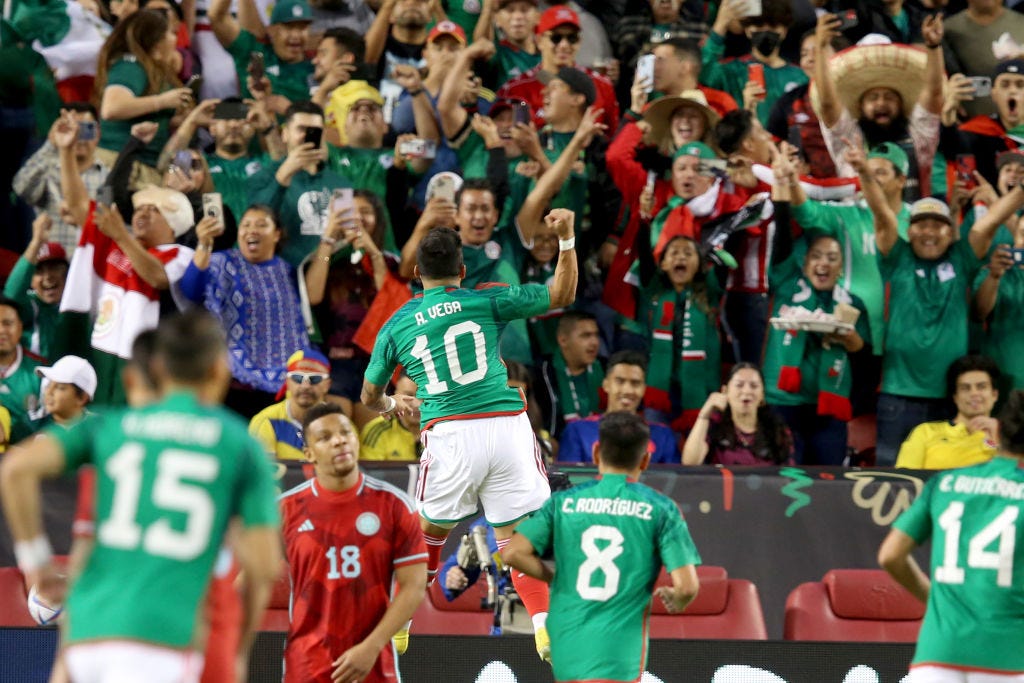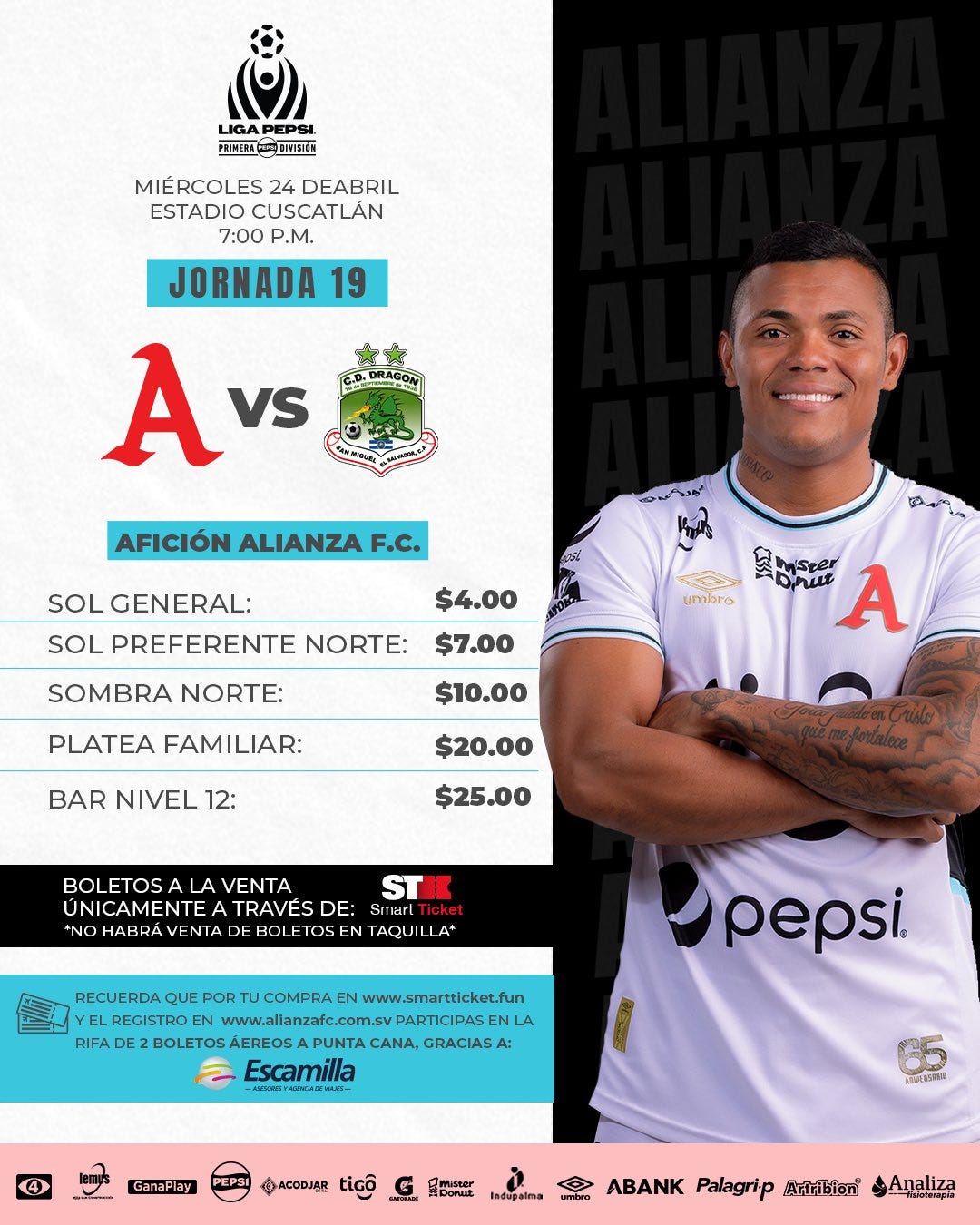🇺🇸 América in Atlanta? Chivas in Cali? Liga MX regular season games could come to the U.S.
But should they? Looking at the ramifications of FIFA's choice in the Relevant case
The U.S. Supreme Court denied U.S. Soccer’s petition for a writ of certiorari Monday, allowing Relevant Sports’ antitrust suit against the governing body to continue.
FIFA already had seen the writing on the wall, reaching an agreement with Relevant earlier this month to be removed from the suit. And today La Liga president Javier Tebas said the day an official La Liga match takes place in the United States is right around the corner.
“I don't know when, but this time LaLiga will play official games abroad," Tebas was quoted in an Expansión article translated by ESPN. "I think it could be from the 2025-26 season.
"An official game in the United States would strengthen our position in the North American market, which is the second [biggest] for LaLiga after Spain.
Despite this being potentially monumental, the move seems to have taken most media outlets off guard, or at least has confused most. That’s understandable. I’m still not totally sure my interpretations and understandings are right. There’s a lot to read through in the docket and with past analysis in legal publications.
Even so, there hasn’t been as much in-depth coverage of what this could mean as I expected. DFW friends The Kickaround had lawyer Steve Bank on for an overview, and The Athletic’s Adam Crafton tackled the subject in an article published last Monday and a later podcast.
Crafton’s article, titled “Why European football matches might finally be coming to the U.S.” largely focused on the potential of European league matches coming to the U.S., but there is no doubt.
If the path is cleared for league matches to happen in the U.S. - and that path isn’t yet fully clear - club teams from Concacaf and the Americas would jump first.
Things likely won’t shake out soon enough, but Club América needs to leave the Estadio Azteca during pre-World Cup renovations that begin this summer. Do you think they’d rather set up shop in Queretaro or Los Angeles? Would they make more money in Toluca or in Texas?
Liga MX teams so eagerly crave more footholds in the U.S. market that not only do they stage friendly matches in the States during every international break, they also agreed to play Leagues Cup - a tournament with the imbalance of playing zero matches in Mexico. Why? Because they know their loyal fans in the U.S. will spend dollars to come see them.
It wouldn’t only be teams seeking temporary homes, either. Top clubs from Central America already make frequent trips to the U.S., taking advantage of diaspora communities who fill the stands for preseason contests or other friendly matches.
The idea of taking a meaningful match to the U.S. will entice, with fans in the U.S., many of whom are unable to travel back for an actual home match, willing to pay a much higher ticket price and also pony up for parking, a few beers and maybe even a jersey or two - especially if the star player will be signing it after.
They’d be making the same calculation the Mexico national team makes with its five MexTour matches in the U.S. each year: Charge a larger number of fans a higher amount of money, capitalizing on fans in the diaspora being unable to return to see the clubs they love in their home country. Fan backlash in the home country likely would be minimal.

To put it more bluntly: Salvadoran club FAS was founded in 1947 and has won 19 league championships and a Concacaf Champions Cup. Multiple times since the fall, players have come out to say they’re not getting paid on time. With the potential to double - or more - the profit made from gate receipts, it’s easy to understand why directors would think a game in Los Angeles, another in Washington D.C. and a third in Houston might produce a windfall that would mean far more to their club than any exposure La Liga teams are getting.
It’s worth noting that in addition to Relevant’s attempt to bring a La Liga match to Miami, it also hoped to bring an Ecuadorian match between Barcelona SC and Guayaquil City to South Florida as well. That’s the same Barcelona team that drew a big crowd to New Jersey to play a friendly match against a UPSL team, an event that reportedly drew a gate of nearly $500,000.
When I consulted with local sources in Central America, the biggest hurdle experts saw was organization. Some of the friendly matches take place at high schools in U.S. states and the marketing is all on social media or word of mouth. Even the biggest teams can struggle to operate like their rivals in other regions, and working out how to get both teams and the referees to the States, finding a suitable place to play and marketing the game well could all prove to be somewhat high barriers to entry.
If there’s money to be made, however, don’t doubt that companies will spring up to help these teams make it or existing match agents can simply add this to their existing services.

The potential effects in the U.S. are wide-ranging. For one, would people still turn up for Leagues Cup if they could wait a few weeks and see their team play a Liga MX match? Would they still turn up at all for an MLS game if every weekend brings a different international game. Some absolutely would, but many MLS officials have spoken about the challenge of getting Latin American fans into the stadium when their No. 1 team is on TV. If that No. 1 team is across town or in the state over? No chance.
The effects would be felt in the other countries too, though. It’s however many fewer games local fans can go to, that many less chances to come together as a community. Those local, match-going fans are the lifeblood of clubs. They’re what made so many of them special in the first place.
I don’t mean to suggest that this will lead to the downfall of local soccer.
Teams in the NFL have far fewer home games than most soccer clubs around the world, and their fans aren’t overly harmed by the occasional one-off match in London or Sao Paulo. MLB environments are unchanged by the league opening its season in South Korea, as are the local games in Korea.
But those leagues are established as the pinnacle of their sports. MLS is clearly not. And while I’m a fan of teams in the NFL and MLB, it’s tough to argue many can match the level of meaning they have in their communities compared to many of the soccer clubs who will be tempted to come to the U.S. to play a match.
There are two paths forward that produce a happy outcome.
One, is that leagues recognize the importance of local fans and the power of scarcity.
While the appetite for soccer in the U.S. is at an all-time high, there’s hardly a guarantee that, say, Wrexham would still draw in California in five years if they put an annual league game there - especially if fans are fatigued from going to see El Clásico matches or whatever they may have allocated their money to. Doing a match a year like American sports leagues would guard against over-saturation of the product.

It’s hard to resist, though, when the profits are good. While many of the European leagues will be sensitive to the backlash from local fans if a game gets moved to New York, it’s hard to imagine the reaction will be the same in Liga MX where the level of respect for fans is lower.
The other potential happy outcome is that, no matter the outcome of the legal wrangling, U.S. Soccer, FIFA or another governing body is able to work out some sort of regulation, putting up guardrails that would prevent a situation in which a club nominally from Mexico, Costa Rica or Peru is in the U.S. so often that it functionally becomes a team based in Miami, LA or elsewhere.
Club soccer in North America has built up enough momentum that it will be able to survive the challenge of a truly global market. Just because it can survive, though, doesn’t mean it will be able to sustain the growth it has seen in the last decade.
The way sports are organized and the way we enjoy them always change, but those looking at totally shifting the landscape of club soccer need to ask if it’s truly worth blowing it all up in the constant chase for new sources of revenue.
Bringing a game to the U.S. is like a sugar rush. It’s fun in the moment, and there are some immediate positive effects. But the body will be more healthy if there’s consistent, healthy eating and exercise. That’s hard, though. Putting in the effort to market your team locally, to become or to stay beloved, to find a way to profit takes lots and lots of work. Showing up and collecting dollars? That’s easy by comparison. Teams will eat the candy.
Teams in the U.S. must start planning now how they’ll respond when what had been their stash starts to shrink.






MLS teams facing the prospect of Saprissa or, worse, América across town or a few cities over is just the opposite of the Messi effect. Messi is a sugar rush, and a US league match for a Latin American team is a sugar rush that sucks at least some of its sugar out of MLS. Live by the something, die by the something or other?
Back when Alexi was doing Twitter spaces, there was a guy who called in from Liverpool who stuck with me. His complaint was so similar to what we hear from baseball fans. Liverpool doesn’t care about season ticket holders like him, they care more about tourists from Denmark who will buy a program and maybe a jersey. And for two years I’ve wanted to call this guy and remind him, Mo Salah doesn’t play for free. And if I were a Central American club fan, yeah, I think I would accept one regular-season “home” match played in the US as the price of keeping a winning squad together.
I wonder if Conmebol teams will do this too. Peru and Uruguay and etc have diasporas too, although the calculations will be different with distances and populations.
I don’t think there will be guardrails. When the Spanish Supercopa went to Saudi Arabia, the horse left the barn. FIFA sold out to enough corrupt money, to the surprise of absolutely nobody.